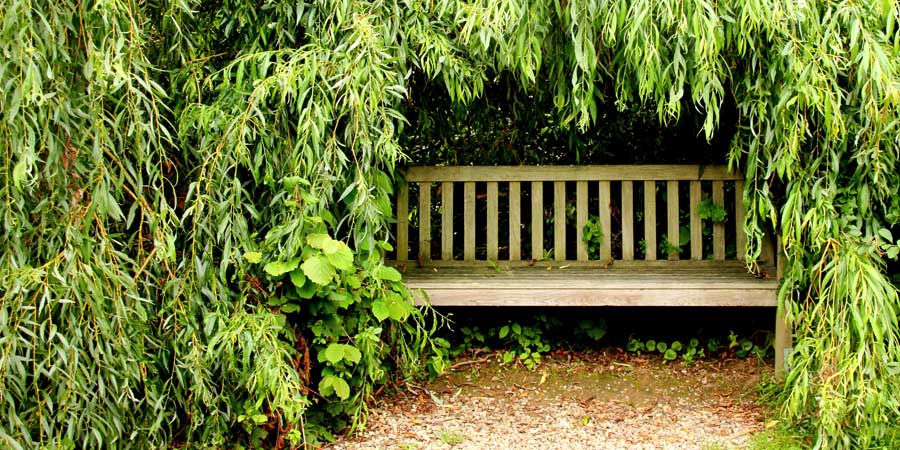Shade is an important aspect of garden design that can have a significant impact on the look and feel of your outdoor space. Shade can create a cool and relaxing environment, provide protection for delicate plants, and offer a space for outdoor activities during hot summer months. Here are some aspects to consider when incorporating shade into your garden design:
-
Identify the shade conditions: It’s important to understand the type and extent of shade in your garden. Different plants have different requirements for light, so it’s important to know which areas are in full shade, partial shade, or full sun.
-
Choose the right plants: When designing a garden with shade, choose plants that are adapted to low light conditions. Shade-loving plants like ferns, hostas, and impatiens can thrive in these areas and add texture and interest to your garden.
-
Add structures for shade: Incorporating shade structures like pergolas, gazebos, and umbrellas can provide a shaded retreat and add visual interest to your garden. These structures can also be used to create privacy or define outdoor rooms.
-
Consider the orientation of structures: When adding shade structures, consider their orientation and placement in relation to the sun. For example, a pergola with a southern exposure may not provide much shade during the hottest part of the day.
-
Use shade-loving hardscape materials: Hardscape materials like pavers and stones can also help create a cooler and shadier environment in your garden. These materials absorb less heat than concrete and can help moderate temperatures in shaded areas.
By incorporating shade into your garden design, you can create a cool and relaxing outdoor space that is both functional and aesthetically pleasing.


